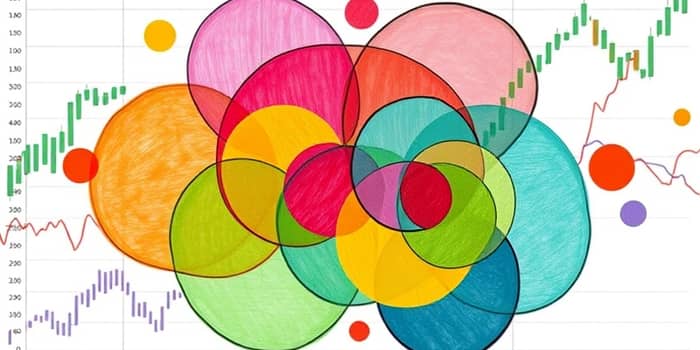
In today’s interconnected financial landscape, investors can unintentionally concentrate risk even while holding multiple funds. Hidden overlaps in fund holdings can undermine diversification and expose portfolios to outsized losses. By understanding how fund overlap works and learning practical steps to identify and manage it, investors can build genuine resilience and clarity.
This comprehensive guide will equip you with industry definitions, real-world examples, quantitative methods, and best practices—ensuring you maintain long-term portfolio health and growth.
Fund overlap occurs when two or more funds—mutual funds, ETFs, or other pooled investment vehicles—own the same underlying securities. Holding both an S&P 500 ETF and a technology-focused ETF, for example, may result in large stakes in Apple or Microsoft across your portfolio.
These repeated positions create multiple investment vehicles own same stocks, leading to unintentional concentration risk in your portfolio. Though you may believe you are diversified, overlap can cause certain companies or sectors to dominate your holdings.
The most insidious risk from overlap is the illusion of diversified holdings. Investors often assume that different fund names equal unique exposures, but when top holdings repeat, the portfolio behaves as if heavily loaded in one area.
When overlapping exposures decline simultaneously, investors suffer compounded losses across overlapping assets. In market downturns, these correlations intensify, eroding returns far more sharply than expected. Worse, high overlap reduces opportunities for truly independent performance, making your portfolio track the same risk factors.
Identifying overlap starts with a systematic review and benefits from modern analytical tools. Follow these key steps to gain transparency:
By combining manual review with technology, you achieve a clearer picture of which securities or sectors dominate your combined portfolio. Regular monitoring ensures surprises are minimized.
Overlap can manifest at various levels, each amplifying concentration risk in distinct ways:
1. Security-Level Overlap: Exact same stocks or bonds across multiple funds.
2. Sector or Factor Overlap: Different securities share the same industry or style factor.
3. Geographic Overlap: Funds concentrate in the same regions, such as U.S. large-cap or emerging markets.
This table illustrates how different overlap types can converge, creating hidden levers of concentration. Recognizing each form is vital to mitigating unintended exposures.
Once you understand your overlap landscape, apply these best practices to reduce unwanted risk:
By integrating these steps into your investment process, you adopt a systematic risk management approach. This disciplined framework helps ensure no single stock, sector, or geography inadvertently dominates your portfolio.
True diversification goes beyond simply owning multiple funds. It requires clear visibility into underlying exposures, proactive overlap management, and a commitment to ongoing review. By reducing hidden overlap, you enhance risk transparency and alignment with objectives.
Investors who monitor and limit fund overlap benefit from smoother performance across market cycles. They gain confidence that their portfolios stand on a robust, well-balanced foundation—free from the pitfalls of concentrated exposures.
Empower yourself today: leverage portfolio analysis tools, establish routine overlap reviews, and choose investments that truly complement, rather than duplicate, existing holdings. In doing so, you not only safeguard your returns but also cultivate a resilient portfolio built to thrive in any market environment.
References













